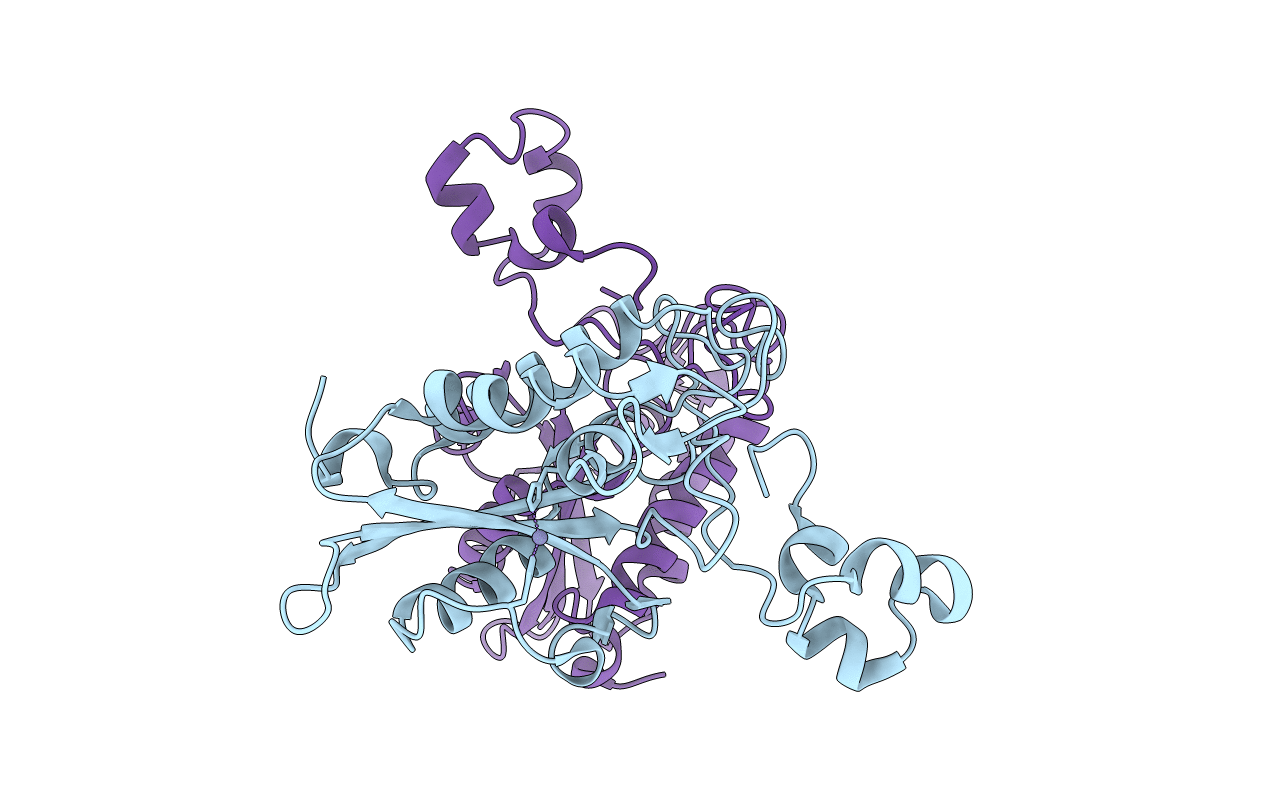
Deposition Date
2010-05-12
Release Date
2010-09-29
Last Version Date
2024-10-30
Method Details:
Experimental Method:
Resolution:
2.70 Å
R-Value Free:
0.24
R-Value Work:
0.18
Space Group:
C 2 2 21


